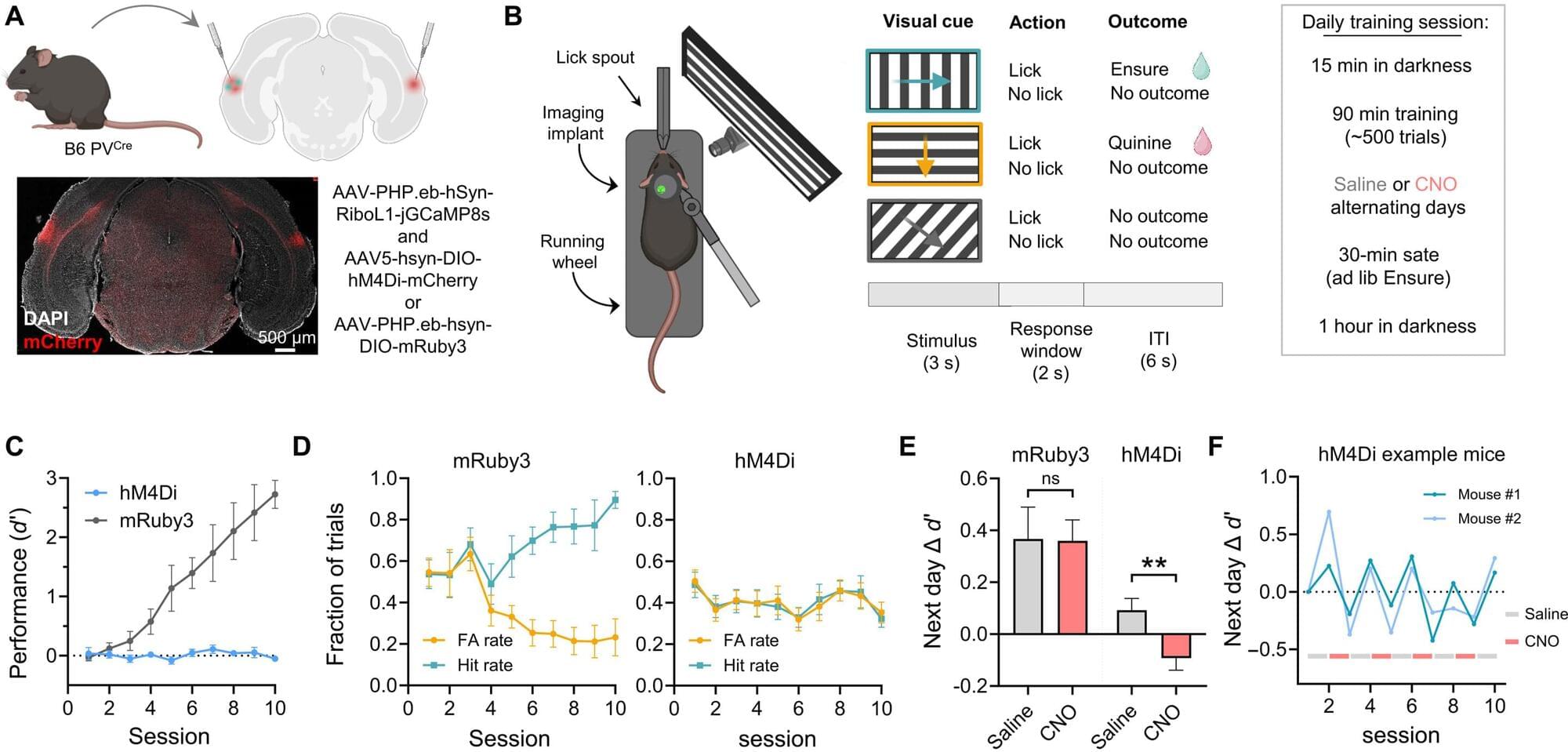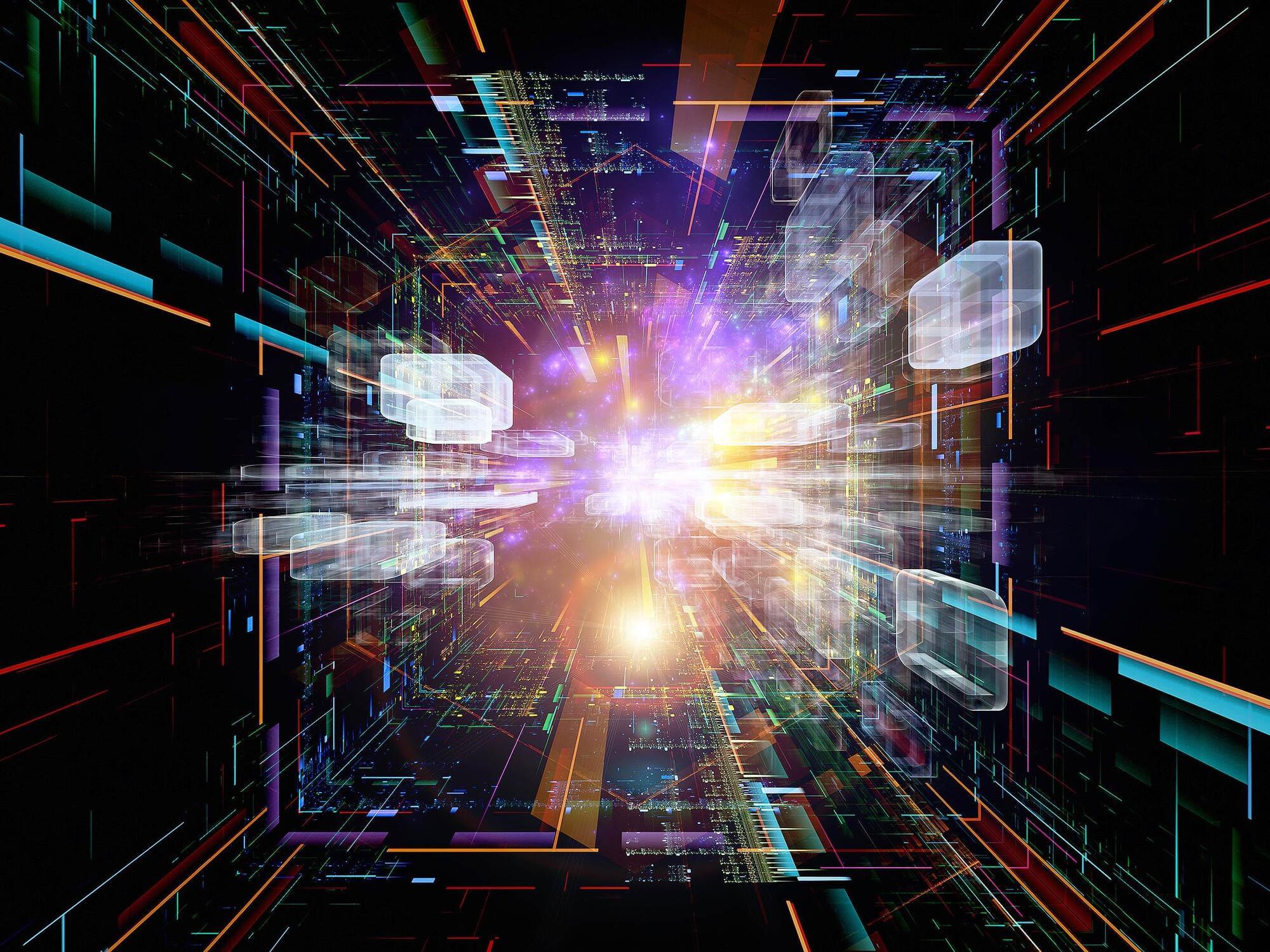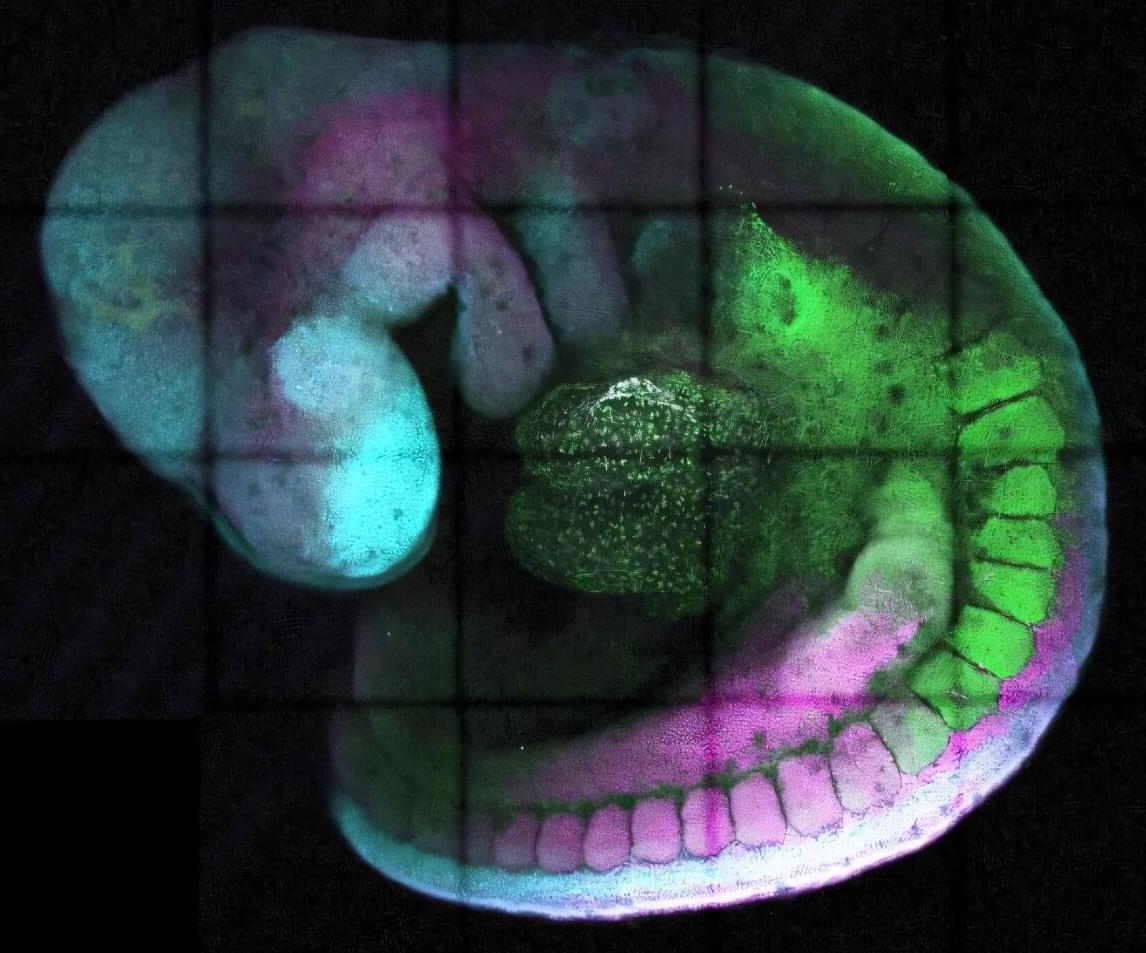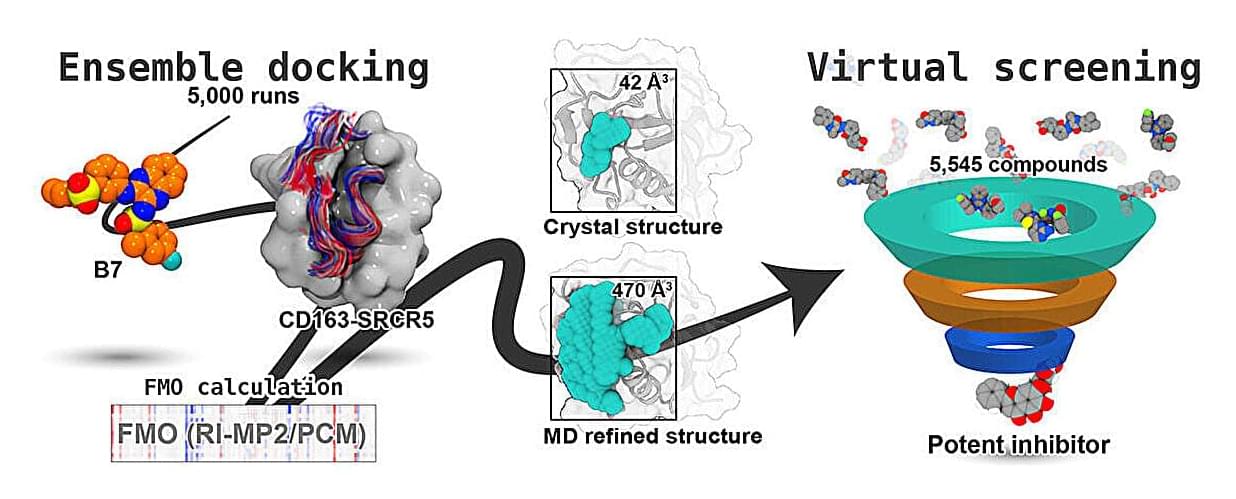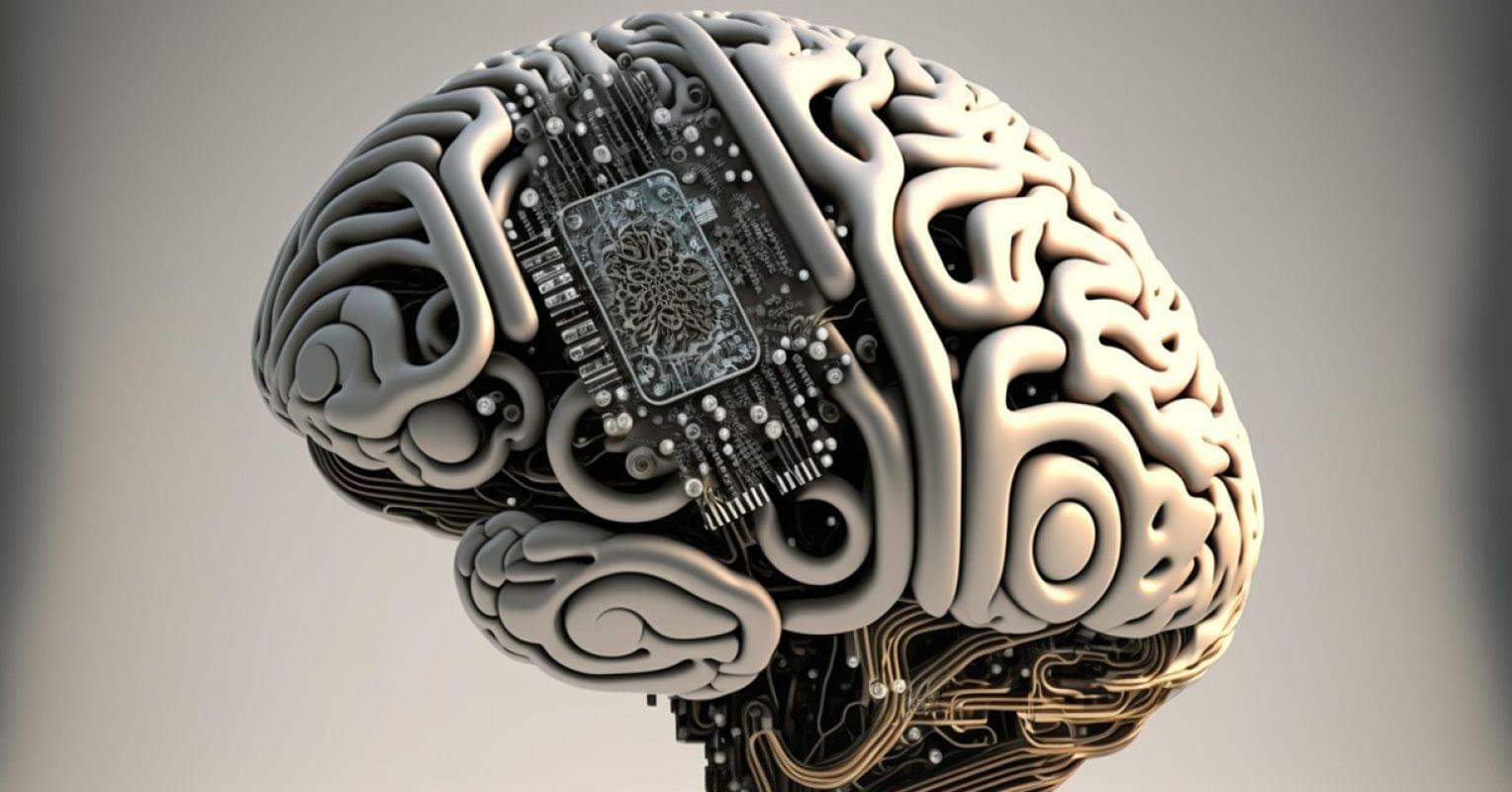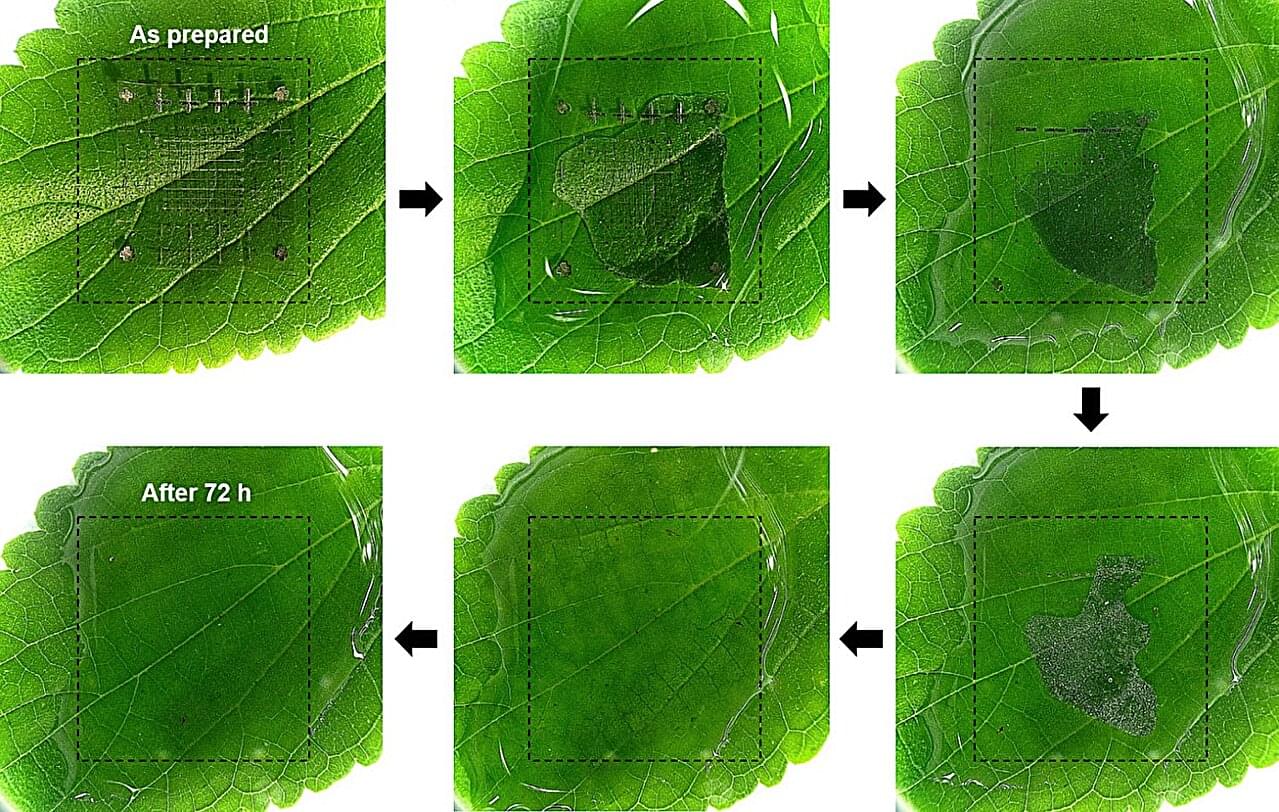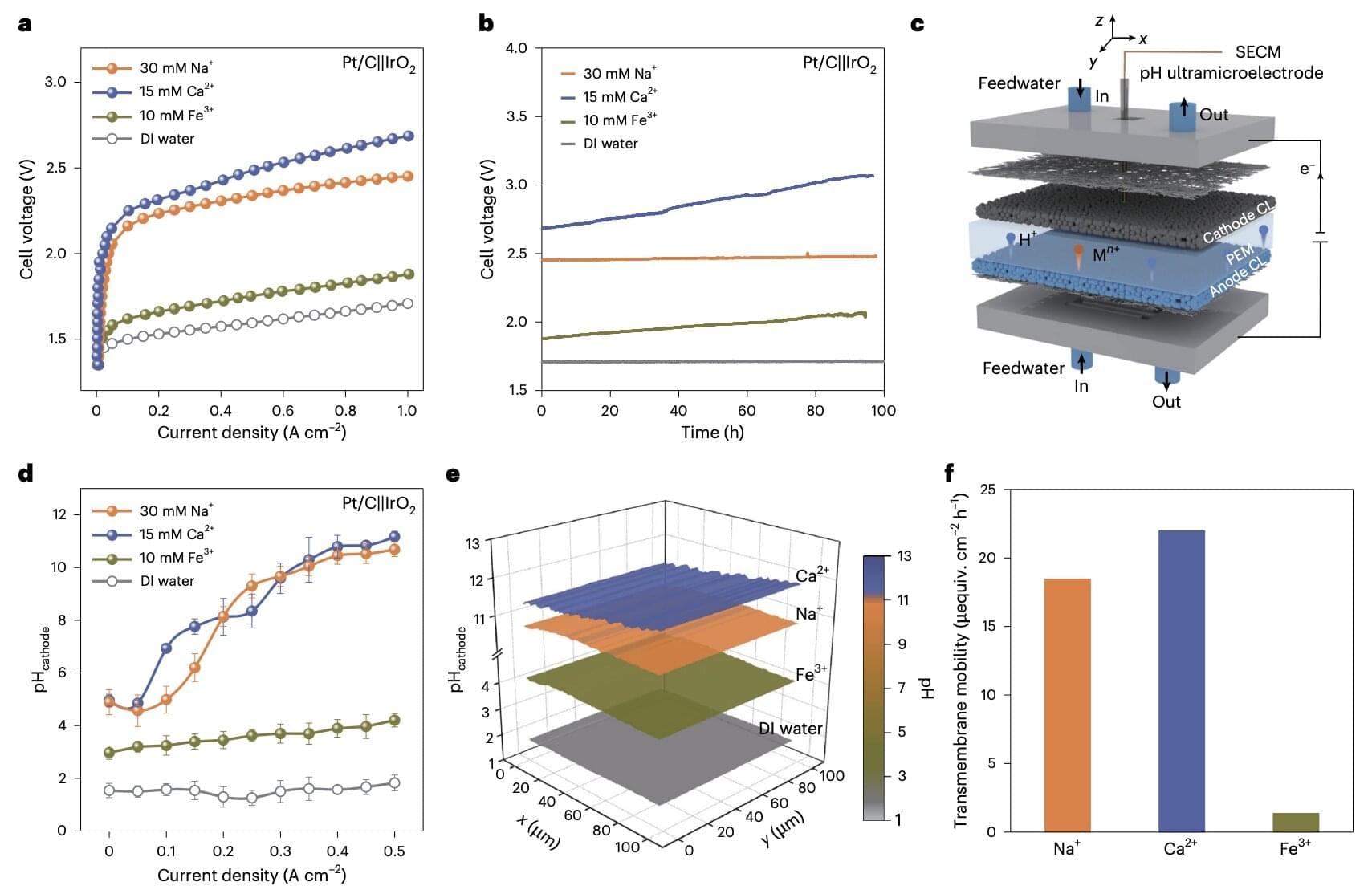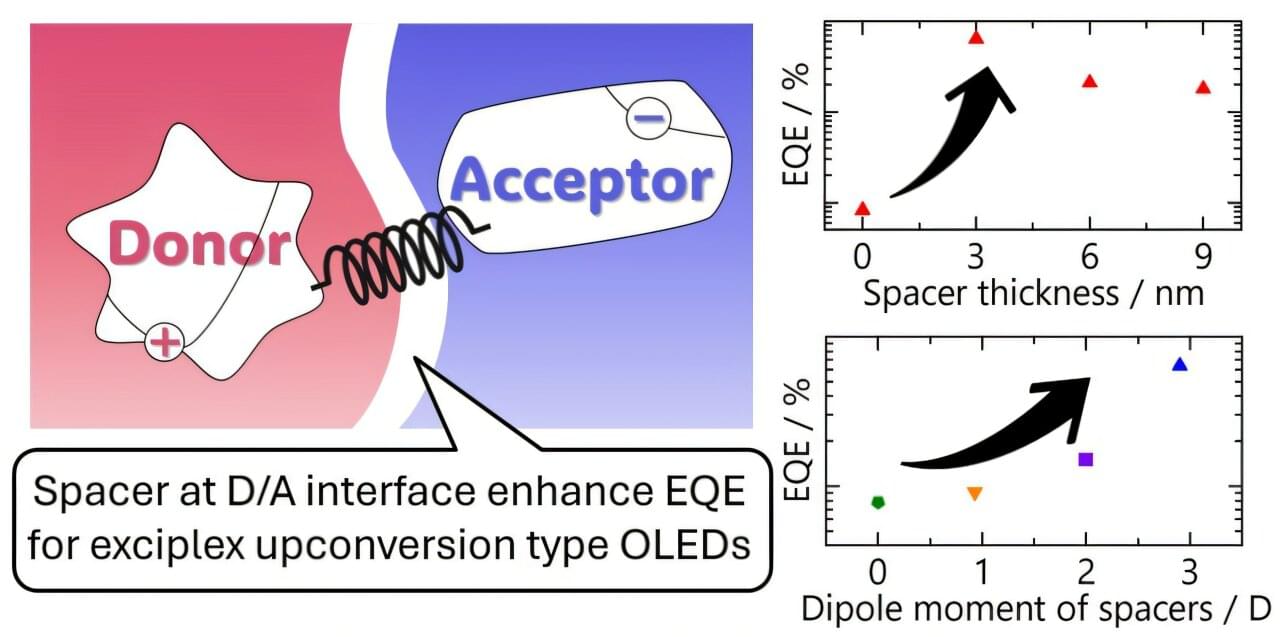How does the brain store knowledge so that you actually remember what you have learned the next day or even later? To find out, researchers at the University of Oslo disconnected one type of nerve cell in the brain of mice while the animals rested after having learned something new. This gave new answers to what actually happens when you remember earlier experiences for later use. The study is published in the journal Science Advances.
In the first phase of this experiment, mice were trained to recognize that an image with a particular pattern meant that they would be given a reward in the form of a sweet drink. Two different groups of mice were then put in front of a computer screen where they were able to see several images containing different patterns. In order to demonstrate that they remembered which image led to a reward, the mice had to lick a small “nozzle” that dispensed the drink.
While the mice performed this action, researchers at the University of Oslo monitored the activity in their brain cells using a special microscope. “It took some time before the mice understood which pattern triggered a reward. We could see what was happening with their neurons while they mastered the task,” says researcher Kristian K. Lensjø, who works at the Institute of Basic Medical Sciences and the Department of Biosciences at the University of Oslo.
